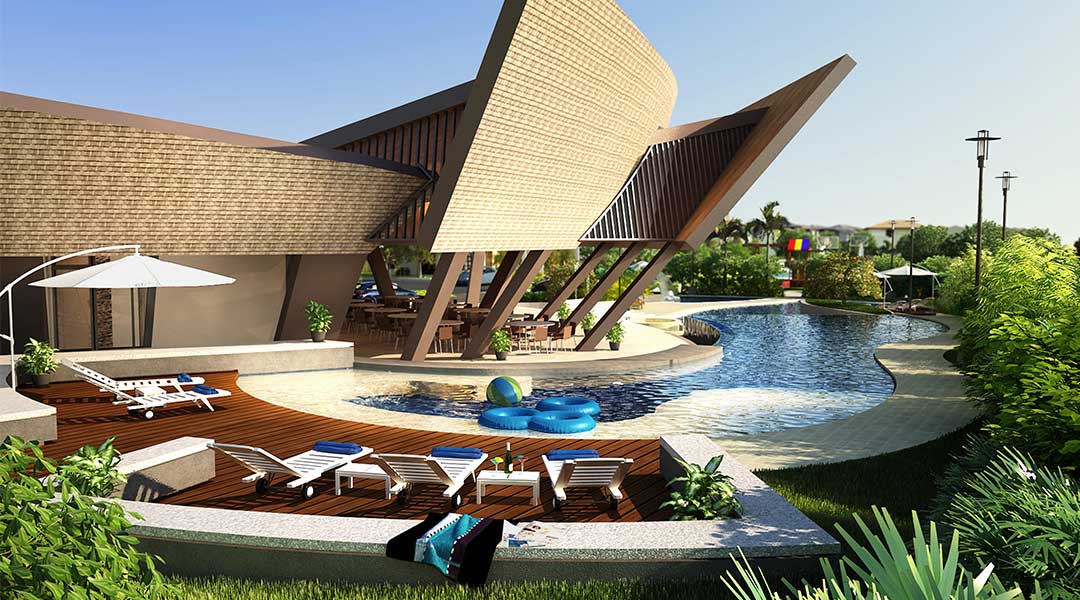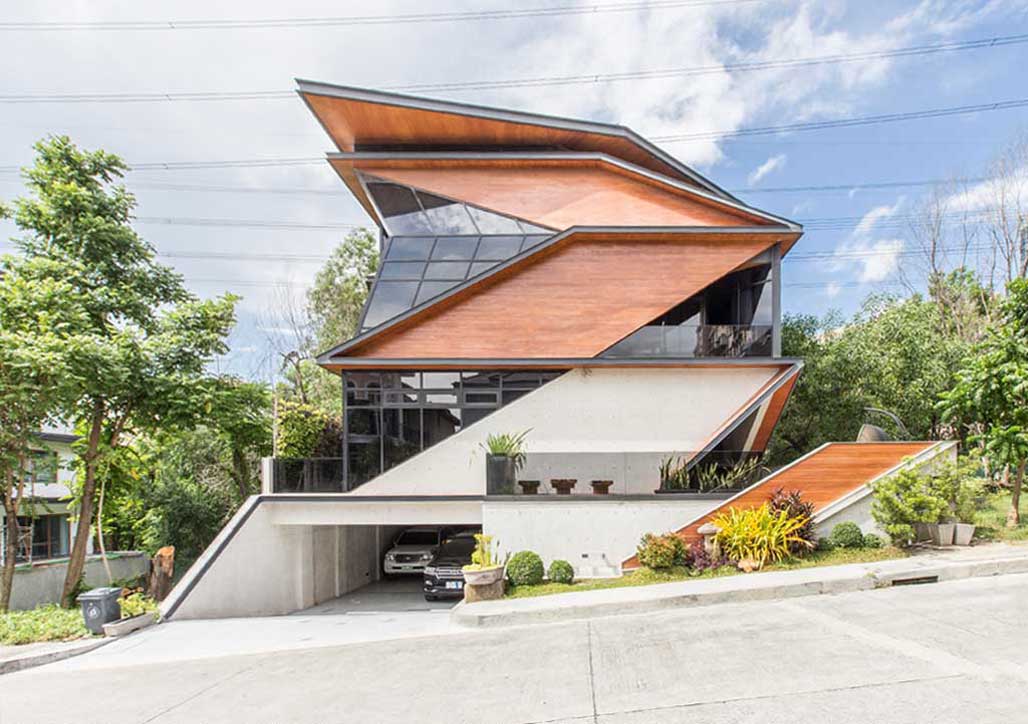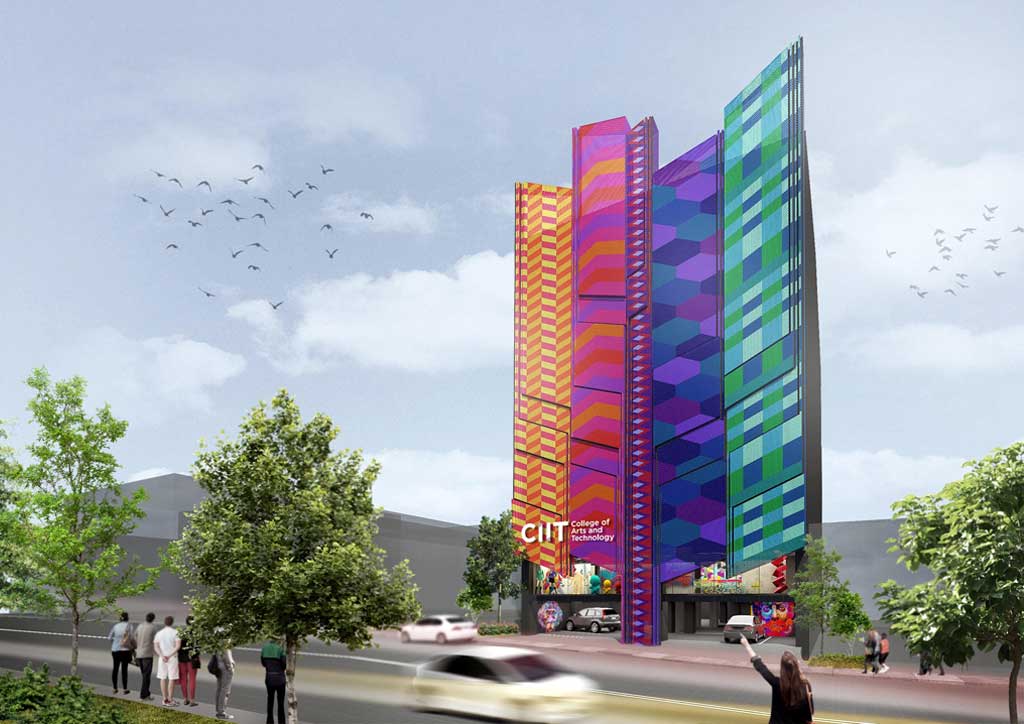
Jason Buensalido and his search for contemporary Filipino identity for architecture
How can different design approaches affect the way designers shape the identity of Philippine contemporary design? In #BluPrintConversations latest episode, Buensalido+Architects principal Jason Buensalido answers this, and talks about the search for Philippine architecture, and his firm’s approach to creating spaces that speak the vernacular.
A brief history
“How is it that when we view the architecture of other countries, their spaces speak of a strong sense of place? Whereas here, we surround ourselves with a hodgepodge of styles and themed spaces that seek to imitate other places. We don’t have a collective identity,” Jason Buensalido says. The Philippines has a rich architecture history, which traces its roots to the traditional bahay kubo, a house on stilts. The arrival of the Spaniards in the 1500s saw them contemporizing this local typology into the bahay na bato at kahoy, introducing stronger materials and European innovations into the bahay kubo’s structural practicality and logical program. The arrival of the Americans and Daniel Burnham’s City Beautiful movement in the 1900s imposed the Neo-classical style for its perceived aesthetic superiority despite its incompatibility with the tropical climate.
The exposure of Filipino architects to the prevailing western styles of the 1930s and 1950s gave birth to localized strains of Art Deco and the International Style. This architectural renaissance continued until the 1970s where local architecture giants like Carlos Arguelles, Jose Zaragoza, and Leandro Locsin created memorable structures that were modern yet culturally and climactically responsive. Political turmoil and brain drain of the 1980s, however, put a brake on this development. And today, we are still gripped with an unfortunate case of colonial mentality, an inferiority complex that has resulted in themed-subdivisions and copycat architecture.
Buensalido asserts it is high time for a cultural revival in Philippine architecture, especially in this day and age of rapid globalization. “Claiming our identity leads to authenticity and a readiness to converse with the rest of the world,” he told BluPrint. He further comments on the issue of transposing international styles and themes in local architecture, “These designs, aside from being inauthentic, do not converse with or meet the needs of local context.” Citing his firm as an example, “Context always determines our architectural responses; we do not have a style or a form that we adhere to. We let the characteristics of the place shape and form our architecture.”
Intensive research and even consultations with anthropologists led to the four points of Filipino culture for architecture that Jason Buensalido expounds on in his book Random Responses. He shares that these four points are derived from prevailing themes evident in local culture that describes Buensalido+Architects’ approach in creating Filipino architecture:
Four points of Filipino culture in architecture
1. Responsive vernacular models: Typologies that respond to existing cultural and climate conditions

2. Weaving: Philippine culture has a wealthy tradition in craft of weaving. It can also be taken as our propensity to gather together as a family and as a community.

3. Personalization: The acknowledgment that there is no one-size fits all solution, and of the need for individual expression. This is illustrated in local culture by way of jeepneys and the seasonings we use to flavor our meals to personal preferences.

4. Optimism: The Filipinos’ inherent positivity even in the midst of disaster. Our penchant for celebrations in the form of fiestas and holidays were all illustrated with projects by the firm that best expressed these points.

At the end of the day, however, Jason Buensalido seeks not to impose these mentioned points but rather to share them to fellow architects and designers to spark a conversation and to fuel the drive to arrive at that ultimate destination: a distinct Filipino architectural identity. “These points are starting points where we can trigger this conversation of a distinct architectural identity. No one architect can carry this burden alone. It has to be a conversation, a collaboration.” ![]()


